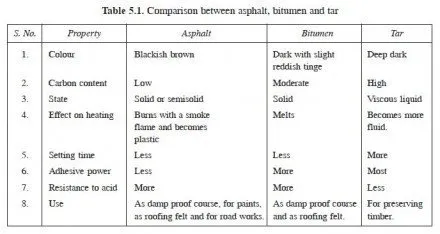Silica is the main constituent of glass. But it is to be added with sodium potassium carbonate to bring down melting point. To make it durable lime or lead oxide is also added. Manganese oxide is added to
nullify the adverse effects of unwanted iron present in the impure silica. The raw materials are ground and sieved. They are mixed in specific proportion and melted in furnace. Then glass items are manufactured by blowing, flat drawing, rolling and pressing.
Important Properties of Glass
1. It absorbs, refracts or transmits light. It can be made transparent or translucent.
2. It can take excellent polish.
3. It is an excellent electrical insulator.
4. It is strong and brittle.
5. It can be blown, drawn or pressed.
6. It is not affected by atmosphere.
7. It has excellent resistance to chemicals.
8. It is available in various beautiful colours.
9. With the advancement in technology, it is possible to make glass lighter than cork or stronger than steel.
10. Glass panes can be cleaned easily.
Types of Glass
The glass may be broadly classified as:
1. Soda-lime glass 2. Potash lime glass
3. Potash lead glass 4. Common glass and
5. Special glasses.
1. Soda Lime Glass: It is mainly a mixture of sodium silicate and calcium silicate. It is fusible
at low temperature. In the fusion condition it can be blown or welded easily. It is colourless.
It is used as window panes and for the laboratory tubes and apparatus.
2. Potash Lime Glass: It is mainly a mixture of potassium silicate and calcium silicate. It is also
known as hard glass. It fuses at high temperature. It is used in the manufacture of glass
articles which have to with stand high temperatures.
3. Potash Lead Glass: It is mainly a mixture of potassium silicate and lead silicate. It possesses bright lustre and great refractive power. It is used in the manufacture of artificial gems, electric bulbs, lenses, prisms etc.
4. Common Glass: It is mainly a mixture of sodium silicate, calcium silicate and iron silicate. It is brown, green or yellow in colour. It is mainly used in the manufacture of medicine bottles.
5. Special Glasses: Properties of glasses can be suitably altered by changing basic ingradients and adding few more ingradients. It has now emerged as versatile material to meet many special requirement in engineering. The following is the list of some of the special glasses:
(a) Fibre glass (b) Foam glass
(c) Bullet proof glass (d) Structural glass
(e) Glass black (f) Wired glass
(g) Ultraviolet ray glass (h) Perforated glass.

